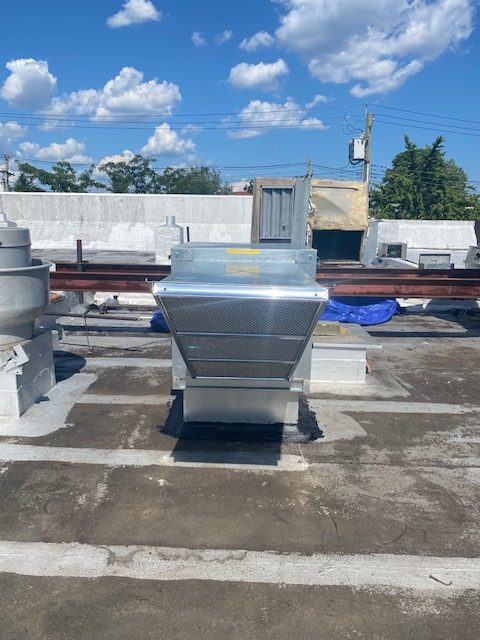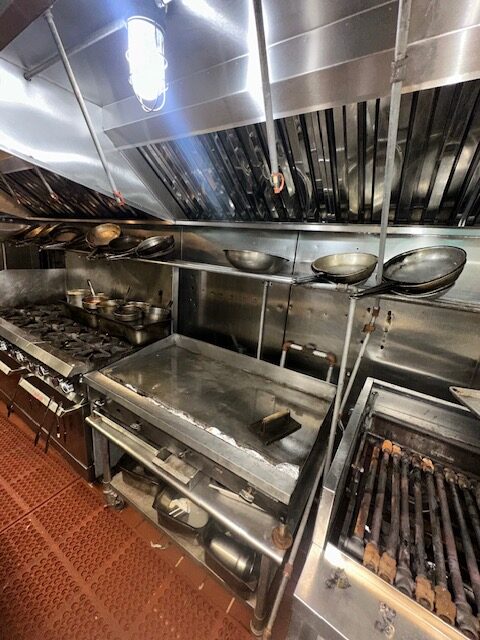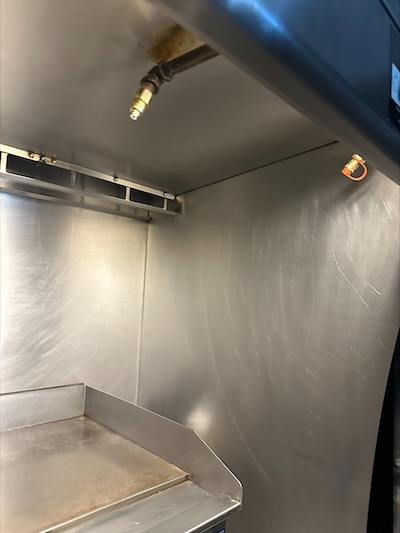




Brooklyn Commercial Kitchen Exhaust System Technician
Fire Suppression System Testing: Ensuring Safety Through Regular Inspections
Fire suppression systems are a critical component of fire safety, designed to protect lives, property, and assets in both residential and commercial settings. To ensure these systems function effectively in an emergency, regular testing and inspections are not just recommended—they’re often required by law. Here’s a breakdown of the key fire suppression system tests and their importance:
1. Hydrostatic Testing
This test evaluates the strength and integrity of the system’s cylinders, ensuring they can withstand high pressures without leaking or failing. Hydrostatic testing is typically required every 12 years for most systems.
2. Functional Testing
Functional testing confirms that the fire suppression system’s components, such as nozzles and detectors, operate as intended. This includes activating the system in a controlled environment.
3. Flow Testing
This test measures the flow rate and pressure of the extinguishing agent, ensuring that it meets the manufacturer’s specifications and can adequately suppress a fire.
4. Visual Inspections
Performed monthly or quarterly, visual inspections check for physical damage, obstructions, or other issues that could compromise the system’s functionality.
5. Alarm Integration Testing
Testing the integration between the fire suppression system and the alarm ensures that activation triggers the necessary alarms for evacuation and emergency response.
6. Control Panel Testing
The control panel is the system’s brain. Testing ensures that it properly monitors and controls all components, including sensors and release mechanisms.


7. Detector Sensitivity Testing
Over time, smoke or heat detectors may lose sensitivity. This test ensures detectors are calibrated to detect early signs of fire effectively.
8. Automatic Shutoff Testing
In systems integrated with HVAC or other equipment, automatic shutoff testing ensures connected systems shut down appropriately during activation.
9. Agent Quantity Verification
For systems using chemical agents, such as FM-200, this test confirms the quantity and pressure of the extinguishing agent in the storage tanks.
10. Nozzle Positioning and Clearance Check
Nozzles must be positioned correctly to disperse the extinguishing agent uniformly. This test ensures no obstructions block their effectiveness.
11. Battery Backup Testing
In the event of a power outage, the system’s battery backup must function properly to activate the suppression system.
12. Emergency Manual Release Testing
Manual release mechanisms are tested to confirm they function correctly, allowing manual activation of the system in case of automatic failure.
Regular testing of your fire suppression system is essential for maintaining compliance with local fire codes and ensuring the safety of occupants. Partnering with an experienced fire safety provider ensures that all required tests are performed thoroughly and on schedule.



To see what the professionals at Master Fire Prevention do every day, visit our RECENT JOBS BLOG as well as our YOUTUBE CHANNEL for lots of helpful and informative videos. You can also follow us on Instagram at https://www.instagram.com/masterfireprevention/.
Remember when it comes to Fire Protection Services NYC Restaurants and Property Managers trust Master Fire for all their Suppression, Sprinkler and Exhaust Ventilation Needs.